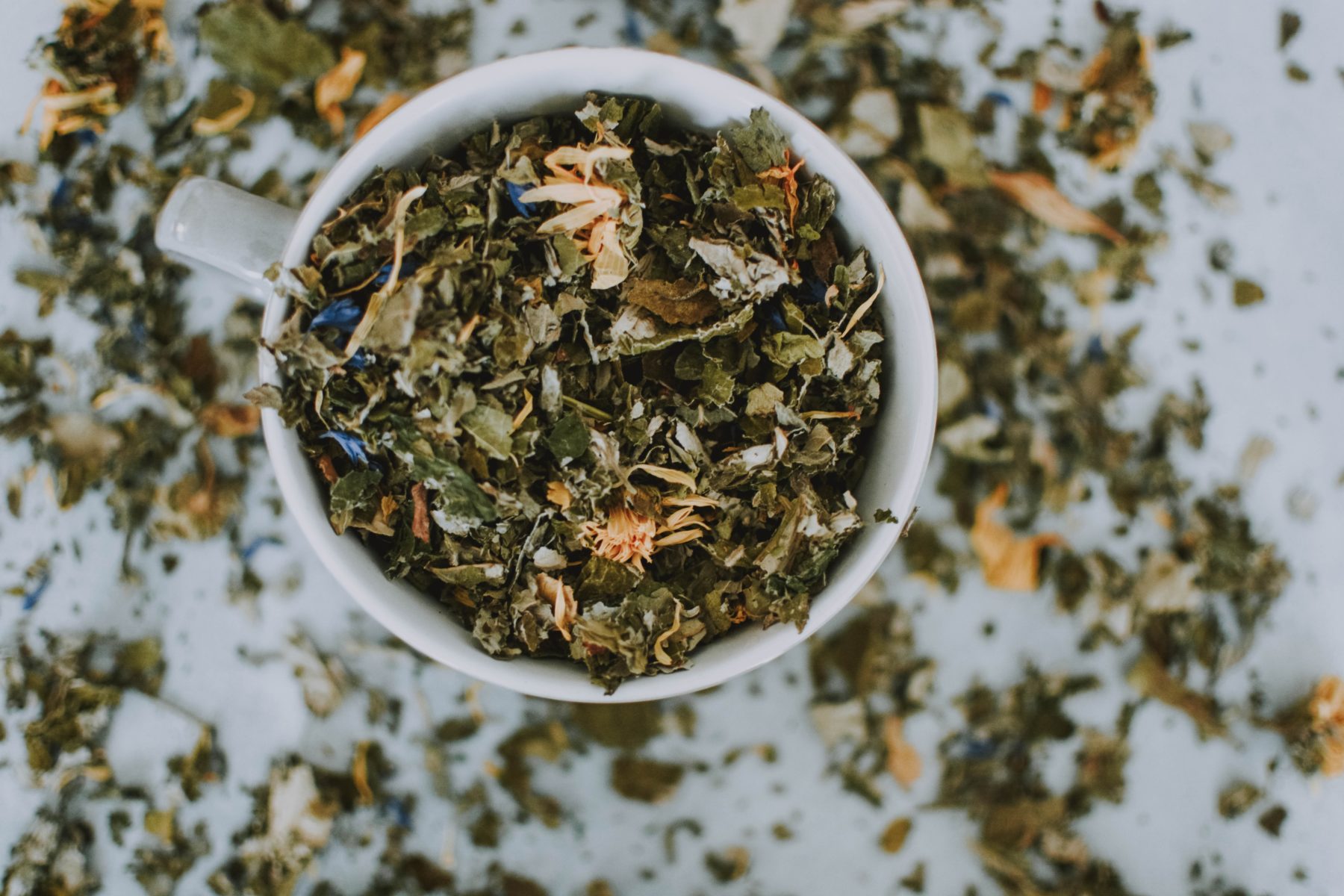Spice Up Your Life

They say variety is the spice of life — and a little spice might be exactly what you need to bring some much needed variety into your diet.
A healing diet that supports vibrant health should be based on four principles:
1) Avoid inflammatory foods such as sugar and dairy
2) Focus the bulk of your diet on easy-to-digest foods such as cooked vegetables
3) Nourish with lean meat and fats from plant sources like olive oil and avocado
4) Create meals that are rich in color and variety using traditional herbs and spices
Did you know that scientists estimate there are over 400,000 plant species on the planet, half of which may be edible? Yet, according to the UN’s Food and Agriculture Organization, 75 percent of the world’s food is generated from only 12 plants. Our modern diets are seriously lacking in the diverse micronutrients our ancient ancestors once consumed.
Many plants contain polyphenols, a class of micronutrients that have antioxidant properties and powerful healing potential. A diet rich in polyphenols can help maintain healthy blood glucose levels, prevent cancer, support the gut microbiome and aid in maintaining a healthy weight. Traditional Chinese and Ayurvedic herbs and spices contain some of the highest amounts of polyphenols in the plant kingdom.
So, I’m challenging you to spice up your life by incorporating some of my favorite traditional healing herbs into your everyday diet.
Saffron (Fan Hong Hua)
Saffron is a prized spice that has roots in both ancient Chinese and Ayurvedic medicine. It is made of the tiny crimson threads, or stigma, found in a saffron crocus flower. Saffron is potent medicine, a free radical scavenger that can keep you healthy at the cellular level. In high doses, it is traditionally used to treat pain, particularly famous in TCM for its ability to address menstrual cramps. It is also commonly used to lift mood and treat depression. Incorporate saffron into your daily diet by adding a saffron elixir to rice, broths and sauces. Or throw just a few tiny threads into a daily cup of herbal tea. It will impart a lovely aroma and distinctive golden color to your dishes.
Turmeric (Jiang Huang)
Turmeric, or curcuma longa, has been trending for quite some time now. It is well accepted by the medical community as a powerful anti-inflammatory that can help relieve joint pain, dysmenorrhea and arthritis. Try adding this acrid spice in powdered form to turmeric lattes, smoothies and curry sauces. Or cut a few fresh slices and add it to a hot cup of tea. Hot tip: compounds found in black pepper can increase the absorbancy of turmeric by 2000 percent. So, when cooking savory dishes with this spice, be sure to add in a dash of black pepper.
Ginger (Sheng Jiang)
Ginger has been valued as a spice and medicine for thousands of years in Asia. Nowadays, fresh ginger root is available in most grocery stores. Traditionally, this herb has been used in Chinese medicine to treat nausea, especially morning sickness in women. Its warm nature and anti-inflammatory properties can also ease menstrual cramps and pain from rheumatism. This is an easy herb to incorporate into your everyday cooking. It adds a warm, earthy, lemony flavor that is an essential part of Asian and Indian cuisine. This healthy spice can be put into stir-fries, curries, soups, marinades and dressings. Also, try beginning your day with ginger, lemon and honey tea. It is a wonderful way to get your digestive fire started.
Fennel (Xiao Hui Xiang)
Traditionally, fennel is used to harmonize the stomach, treating abdominal pain, bloating and cramps. Recent studies suggest that fennel seeds are high in antioxidants and contain diuretic, pain-reducing, fever-reducing and antimicrobial properties. You can make your own fennel tea by steeping a teaspoon of crushed fennel seeds in hot water for 10 minutes. Then, sweeten with honey and enjoy your cup. There are hundreds of herbs and spices to consider. A few of my other favorites that are easy to incorporate into everyday food prep are cinnamon, garlic, basil and clove. These culinary and medicinal treasures have been used as food, medicine, gifts and even currency throughout the ages. We should regard them just as highly today as our ancient ancestors did. They can add vibrancy and energy to your meals, while also delivering medicinal value. Small amounts of these powerful plants daily can add up to big health benefits overtime. So, keep it healthy, fresh and spicy. Happy cooking!






